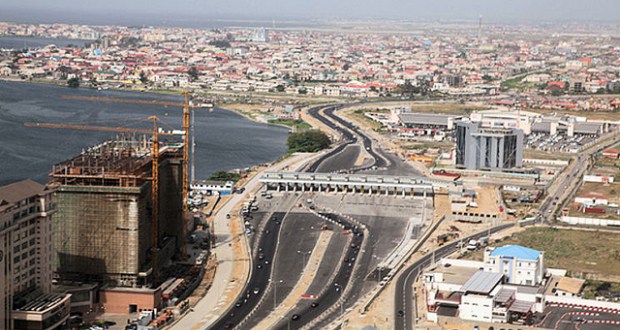The Challenges To Sustainable Development In Lagos
This article makes an attempt to capture some lessons learned by the ongoing urban transformation of Lagos—one of the fastest-growing cities in the world.
Despite the movement of the federal capital to Abuja during theegime of erstwhile head of state, General Ibrahim Badamosi Babangida in 1991, metropolitan Lagos has remained the country’s dominant economic, social, and financial centre as well as the hub of national and international communications.
It is a thriving industrial and commercial centre with two seaports, local and international airports, and industries concentrated in the Apapa, Ikeja, and Ilupeju industrial estates. Most corporations in the country are headquartered in Lagos.
Lagos makes the greatest contribution to Nigeria’s leading economic indicators, with industries including manufacturing and service delivery, banking, and telecommunications services, as well as, to a lesser extent, fishing, mining and quarrying, agriculture, and forestry. The state is rich in resources such as crude oil, bitumen, silica, clay and wood.
In 2006, Lagos contributed 30 per cent of Nigeria’s GDP, consumed more than 60 per cent of its energy, collected 65 per cent of its value added tax (VAT), and accounted for 90 per cent of its foreign trade and 70 per cent of its industrial investments.
Five terminals and ports generate half of Nigeria’s port revenue. This economic concentration is largely due to the availability of sea, land and air transport, fairly well-developed infrastructure, and the large markets provided by the burgeoning population.
In addition, Lagos is a major educational centre, providing a well-educated and highly skilled labour pool. The employment opportunities continue to attract both domestic and international migrants. Until the recent economic recession, the city had become an economic hub for West Africa, with the Murtala Mohammed International Airport generating 82 per cent of international airline departures within West Africa and between the sub-region and Europe.
However, Lagos has historically been challenged by rapid urbanization and natural population growth. With its coastal location limiting expansion, the availability of land is a major issue. It is imperative to manage and utilize land and resources as efficiently as possible.
Extensive reclamation works have been undertaken in several areas, including Victoria Island, Lekki Peninsula, Amuwo Odofin New Town, and Festac. Private developers have encroached on areas zoned as a conservation belt in the Lagos Master Plan. The continued pressure on land has resulted in unmet demand for efficient basic urban infrastructure services, such as safe water, storm drainage and flood prevention, electricity, access roads, public transport, sanitation, and solid waste management.
Historically, governance and policy responses have been unable to sustainably plan and manage the city’s development. With no strategic urban planning, the city has had to contend with challenges such as uncontrolled urban sprawl, inadequate and overburdened infrastructure, housing shortages, social and economic exclusion, high youth unemployment, inadequate funding of urban development, rising crime and physical insecurity, cumbersome judicial processes, and low-level preparedness for disaster management.
Also, a large informal sector has developed, primarily as a result of in-migration of unskilled labour. Current urban planning and development initiatives in Lagos State are addressing these challenges. More important, evidence indicates that relevant initiatives might be yielding results.
That notwithstanding, by the turn of the last Century, Lagos had become an international poster-child for the doomsayers of the coming urban challenge—with a reputation for overcrowded and squalid living conditions, high rates of crime, poor governance, urban and environmental degradation and transport chaos.
While Lagos certainly suffered from an exaggerated and too-negative image, even those that loved the city admitted that Lagos was in deep trouble. At the same time, anyone who has ever visited Lagos knows that it has a vast abundance of energy, skills and resources, especially its people.
Around the turn of the century, the in-coming Lagos State Government signaled its intention to stop the rot, and launched a programme to transform Africa’s largest city, and Nigeria’s powerhouse. Central to the progress already made is the introduction of good urban governance based on the democratic principles that had been absent for so long.
This has begun to lay a solid platform for the participation of ordinary citizens, and the building of partnerships with the private sector, both at the state and local government levels. For a megacity the size of Lagos, with its huge infrastructural and governance backlogs, the challenges are enormous. Its transformation is a long-term project, requiring a combination of clear and consistent leadership, constant reform and innovation, meaningful engagement with the city’s private and corporate citizens and huge investments.
What happens in Lagos matters—not only for its citizens, but for Nigeria, for Africa and internationally. As Lagos transforms, and defies its negative reputation, it has the capacity to become the most important real role model for Africa’s urban future.


